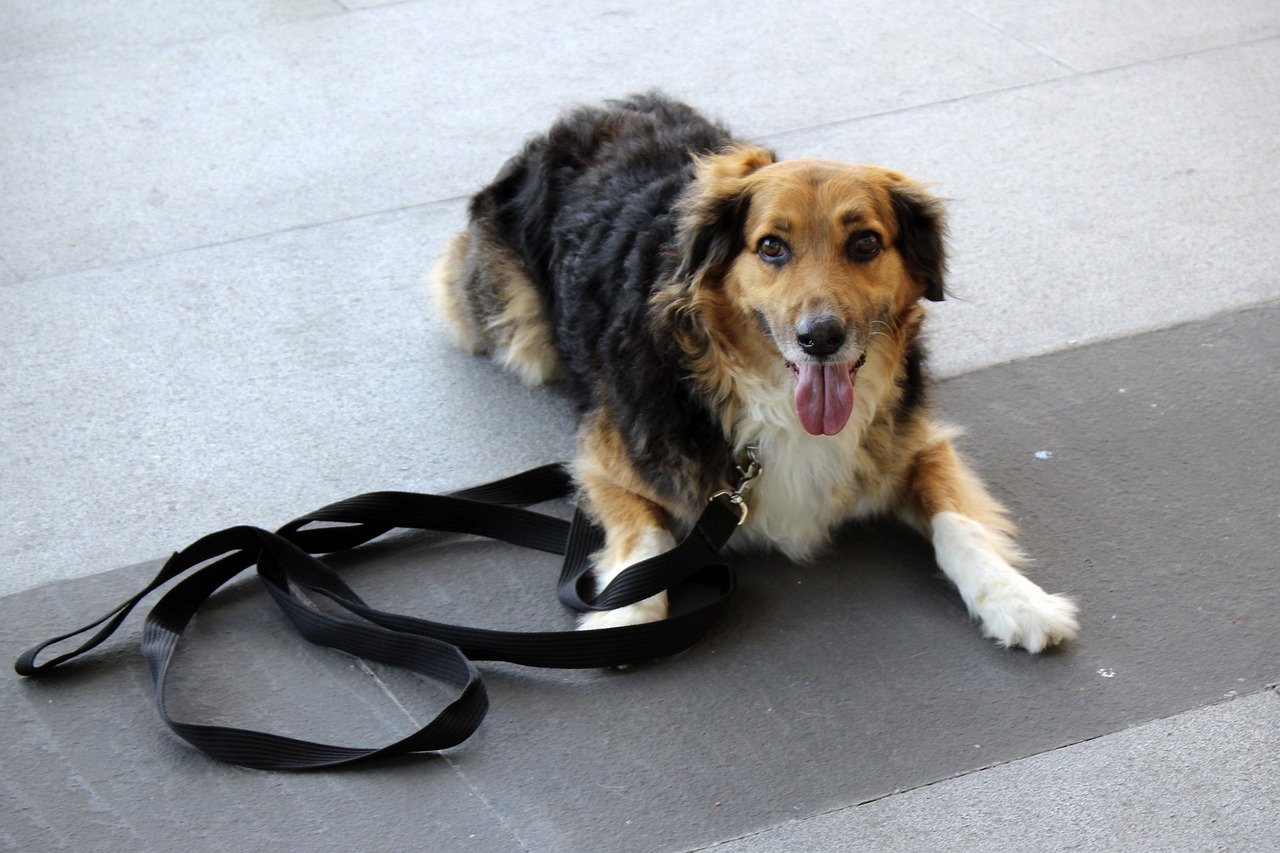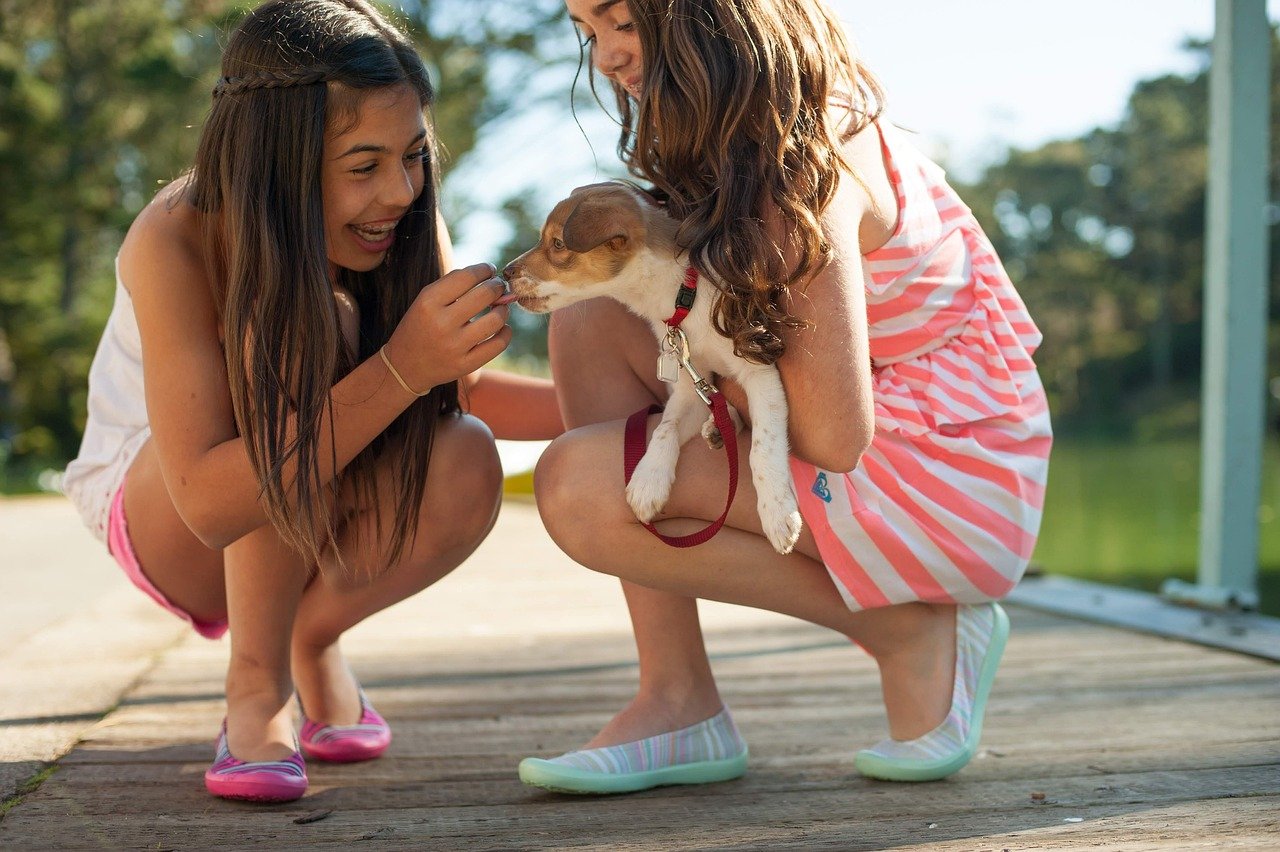Caring for a stray dog can be one of the most rewarding experiences for any animal lover. Stray dogs often come with their own set of challenges, but with the right amount of love, patience, and guidance, they can transform into loyal and affectionate companions. This article will guide you on how to effectively care for a stray dog, focusing on socialization and training to ensure they become well-adjusted members of your family. Let’s embark on this journey of nurturing and understanding.
Understanding the Stray Dog’s Background

Before you begin the process of socializing and training a stray dog, it’s pivotal to understand its background. Stray dogs often have a history of neglect, fear, or even abuse, which can influence their behavior. They might be wary of humans due to past experiences. Recognizing these aspects can help you tailor your approach to suit the dog’s individual needs. Think of it as meeting a new friend; you wouldn’t rush them to open up. Instead, you’d take the time to understand their story, allowing them to feel comfortable and safe.
Building Trust is Key
Trust forms the foundation of your relationship with a stray dog. Initially, they might be hesitant to approach you or even show signs of aggression due to fear. Start by offering food and water, speaking in a calm and soothing voice, and giving them the space they need. Over time, they will begin to associate you with safety and care. This is akin to watering a plant; with consistent nurturing, it will eventually flourish. Remember, trust is not built overnight, so patience is essential.
Creating a Safe Environment
A secure and comfortable environment is crucial for a stray dog’s well-being. Ensure that their living space is free from any hazards and provide them with a cozy bed, toys, and regular meals. A safe environment helps reduce anxiety and makes the dog feel more at home. Imagine moving into a new house; you’d want it to feel welcoming and personal. The same goes for your furry friend. By ensuring they have a safe space, you’re laying the groundwork for a trusting and loving relationship.
Socialization Techniques
Socialization is essential for a stray dog to adapt to their new surroundings and develop positive behaviors. Start by introducing them to small, controlled environments with minimal distractions. Gradually expose them to new experiences, people, and other animals. This process should be slow and steady, always prioritizing the dog’s comfort level. Think of socialization as teaching a child to ride a bike; you start with training wheels and, over time, they gain the confidence to ride on their own. Celebrate small victories and be patient throughout the journey.
Basic Training Commands

Training a stray dog involves teaching them basic commands like sit, stay, and come. These commands form the building blocks of a well-behaved dog. Use positive reinforcement techniques, such as treats and praise, to encourage good behavior. Training sessions should be short and fun, ensuring that the dog remains engaged. It’s similar to learning a new skill; practice makes perfect. Consistency is key, and over time, your dog will start responding positively to your commands, strengthening the bond between you both.
Addressing Behavioral Issues

Stray dogs might exhibit behavioral issues such as excessive barking, chewing, or aggression. These behaviors often stem from anxiety or lack of training. Address these issues by understanding the root cause and implementing corrective measures. For instance, if a dog chews out of boredom, providing them with interactive toys can help. Imagine a child acting out because they’re bored; the solution often lies in redirecting their energy. With patience and consistency, most behavioral issues can be managed effectively.
Introducing the Dog to Family Members

Introducing a stray dog to family members requires careful planning and patience. Start with one person at a time, allowing the dog to become familiar with each individual. Ensure that everyone is calm and gentle, avoiding sudden movements that might startle the dog. It’s akin to introducing a new friend to your family; you want to ensure that everyone gets along and feels comfortable. Over time, the dog will see your family as their pack, providing them with a sense of belonging and security.
Ensuring Regular Health Check-ups

Regular health check-ups are vital for a stray dog’s well-being. Schedule visits to the veterinarian for vaccinations, deworming, and general health assessments. Address any health issues promptly, ensuring that your dog remains in optimal health. Think of it as maintaining a car; regular check-ups ensure it runs smoothly and efficiently. By prioritizing your dog’s health, you’re not only enhancing their quality of life but also strengthening the bond you share.
Caring for a stray dog through socialization and training requires patience, love, and consistency. By understanding their background, building trust, and providing a safe environment, you lay the foundation for a strong relationship. With the right techniques, you can transform a wary stray into a loving and loyal companion, enriching both your lives in the process.
Jen is a passionate nature lover and ocean conservationist. She has dedicated her life to protecting the environment and preserving the beauty of the natural world. Growing up in a small coastal town, Jen sincerely appreciated the ocean and its inhabitants. She has spent countless hours exploring the shoreline, learning about the creatures that inhabit the waters, and advocating for their protection. Jen is an active member of ocean conservation organizations, and she is committed to educating the public about the importance of conserving wildlife and the natural environment.






